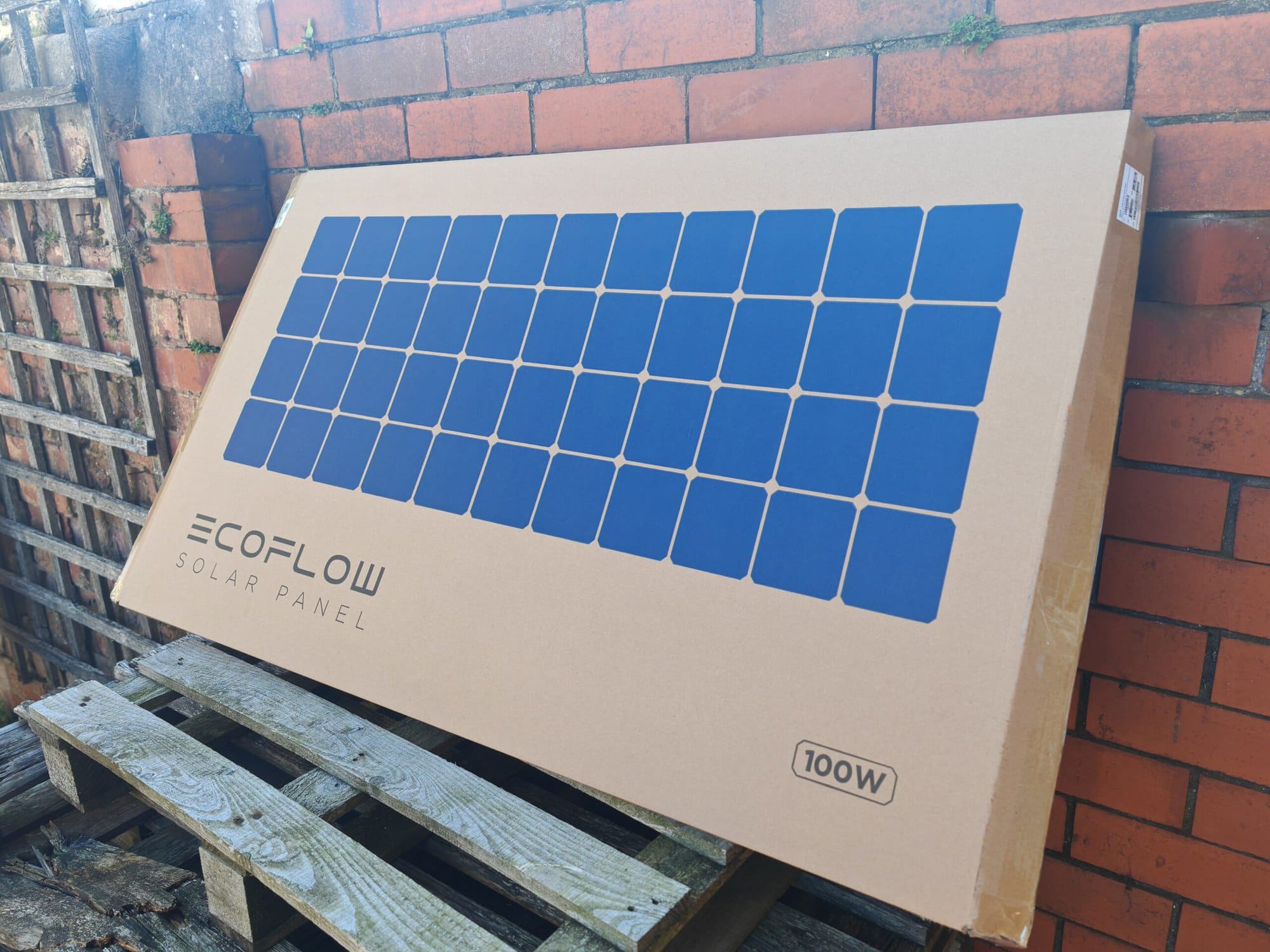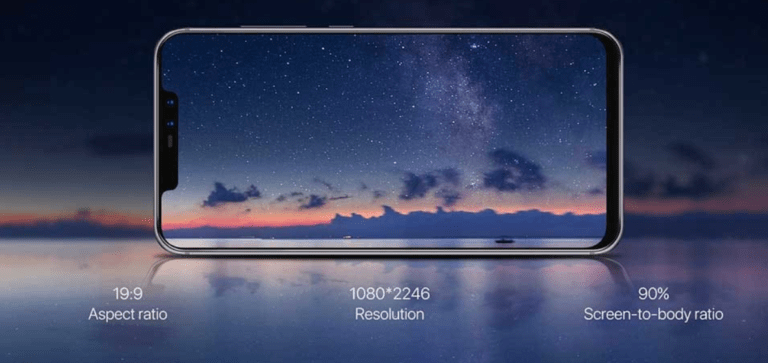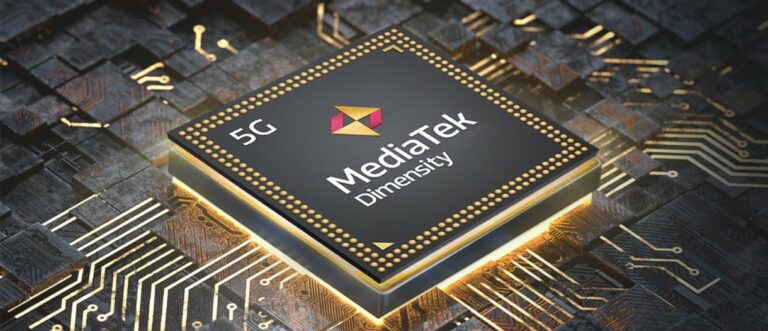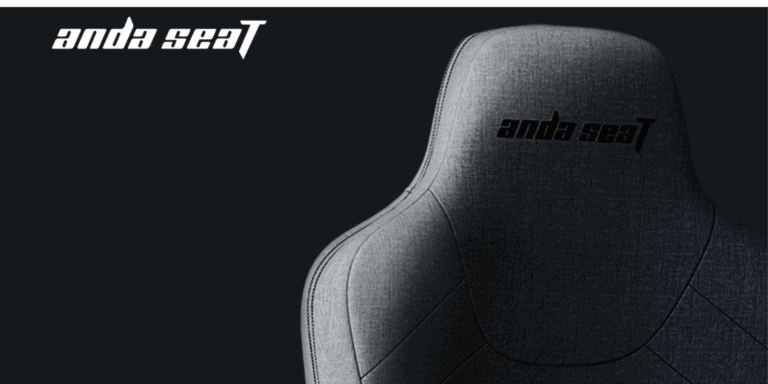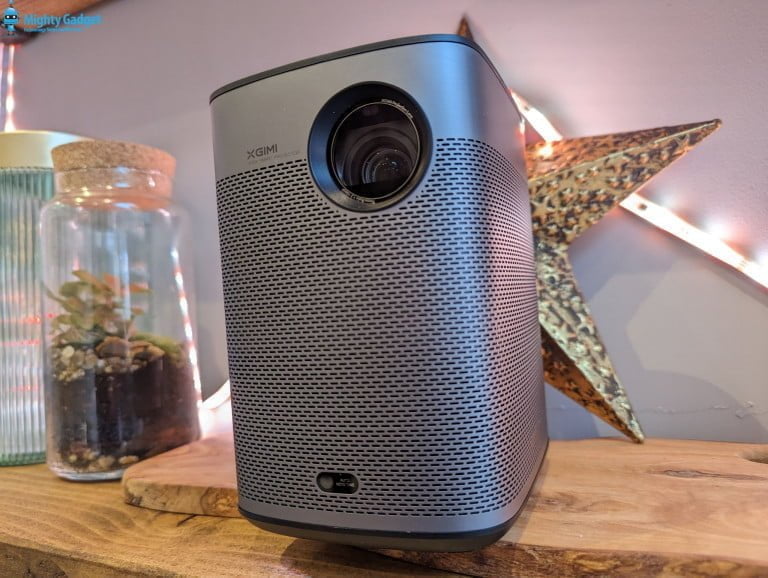Any links to online stores should be assumed to be affiliates. The company or PR agency provides all or most review samples. They have no control over my content, and I provide my honest opinion.
I am currently in the process of reviewing the EcoFlow 100W flexible solar panel, which I hopefully will end up using as part of the new Balcony Solar System that EcoFlow has developed and using in conjunction with the EcoFlow Delta 2 series as a DIY way to set up your own home solar system.
When you use multiple solar panels that use the MC4 type solar connectors, you can wire up multiple solar panels to work as one.
There are two ways to wire up solar panels, either in series or parallel. The two different methods have pros and cons, and some portable power stations only work with parallel connections, so you need to consider how you plan to wire up multiple solar panels.
Understanding Series vs. Parallel Solar Panel Wiring
Solar panels can be interconnected in two primary ways: series or parallel. Each approach comes with its unique advantages, tailored to varying setups and environments. Here’s a detailed comparison to guide your decision-making.
Series Wiring
In a series configuration, solar panels are connected end-to-end. In this setup, the total voltage of the system sums up the voltage of each panel. For instance, if you use four panels, each with a voltage of 12 volts (V), your system’s total voltage would be 48V (12V multiplied by 4). However, the current (amps) remains constant in a series connection.
Parallel Wiring
In parallel wiring, solar panels are connected side-by-side. This is achieved by linking all positive terminals together and all negative terminals together. These combined terminals then connect to your power station. In this configuration, while voltage remains steady, the amps aggregate.
Weighing the Benefits and Drawbacks
The decision between series and parallel connections hinges on your desired output, efficiency, energy needs, and other factors.
Advantages of Series Wiring
- Elevating voltage enhances power output, speeding up solar battery charging and ensuring stored power.
- Reduced need for bulky cables and components due to consistent amperage.
- Ideal for areas without shading.
Drawbacks of Series Wiring
- If one panel underperforms or is obstructed, the entire system’s efficiency drops.
Advantages of Parallel Wiring
- Individual panel performance doesn’t impact others.
- Suited for smaller systems with lower voltage, like those in RVs.
- Apt for areas with variable light conditions or occasional shading.
Drawbacks of Parallel Wiring
- Necessitates the use of thick cables and components capable of managing increased amperage.
Understanding Solar Panel Shading
Harnessing solar energy is contingent on the sun’s availability. Consequently, any shading can diminish your home solar system’s efficacy.
Sunlight, though a plentiful and renewable source, is not uniform everywhere. The UK is known for its overcast skies and inclement weather. Obviously, any drop in exposure to the sunlight will reduce the performance of your solar panels.
While you can’t change the sun’s availability in your locality, you can optimize your panels’ placement. Aim for obstruction-free areas, such as rooftops distant from towering trees.
If avoiding obstructions isn’t feasible, you can still tweak your setup to enhance efficiency. For panels that occasionally find themselves in the shade, parallel wiring is advisable. This configuration ensures each panel functions autonomously, enabling some panels to harness sunlight even if others are shaded. Thus, unobstructed panels still operate at their peak.
Therefore, in my scenario, I have opted to go with parallel wiring.
Connecting Solar Panels Together in Parallel
To set up solar panels in parallel, link the positive terminals from each panel to one another, and, similarly, connect all the negative terminals. In this configuration, the combined current will represent the total amperage of all panels in the array. Yet, the overall voltage will match the output of just one panel.
In order to do this, you will need to use a Y-branch parallel adapter which you can buy cheaply on Amazon.
| Preview | Product | Rating | Price | |
|---|---|---|---|---|

| Solar connector Y branch parallel adapter Solar panel cable... |
£6.97 | Buy on Amazon |
I am James, a UK-based tech enthusiast and the Editor and Owner of Mighty Gadget, which I’ve proudly run since 2007. Passionate about all things technology, my expertise spans from computers and networking to mobile, wearables, and smart home devices.
As a fitness fanatic who loves running and cycling, I also have a keen interest in fitness-related technology, and I take every opportunity to cover this niche on my blog. My diverse interests allow me to bring a unique perspective to tech blogging, merging lifestyle, fitness, and the latest tech trends.
In my academic pursuits, I earned a BSc in Information Systems Design from UCLAN, before advancing my learning with a Master’s Degree in Computing. This advanced study also included Cisco CCNA accreditation, further demonstrating my commitment to understanding and staying ahead of the technology curve.
I’m proud to share that Vuelio has consistently ranked Mighty Gadget as one of the top technology blogs in the UK. With my dedication to technology and drive to share my insights, I aim to continue providing my readers with engaging and informative content.
Last update on 2024-04-27 / Affiliate links / Images from Amazon Product Advertising API

